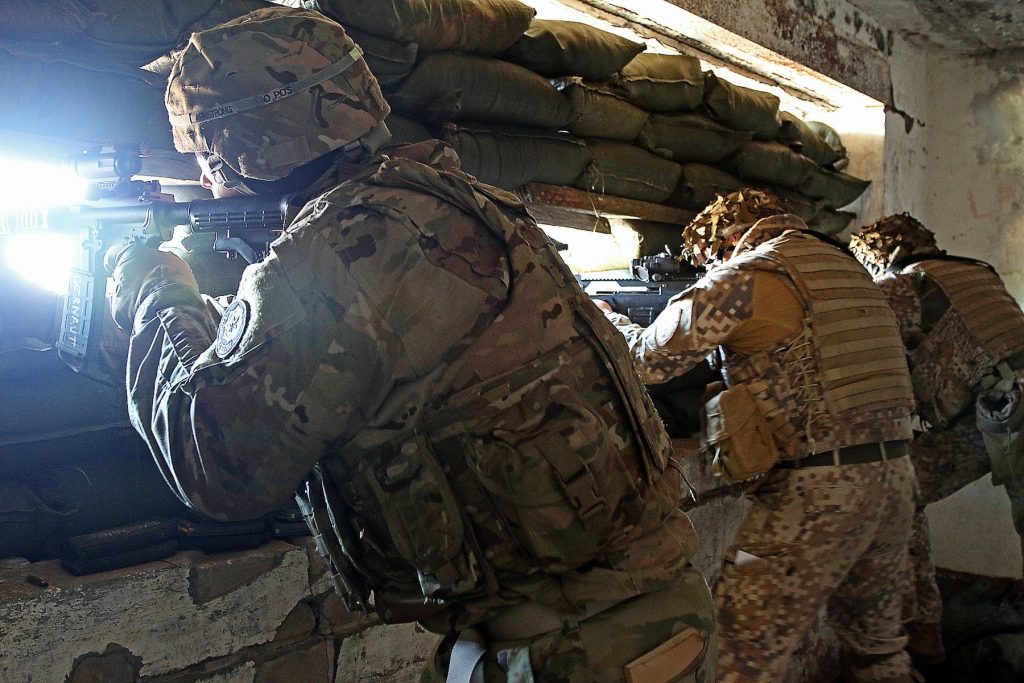Perimeter Security: Use of an Obstacle Plan
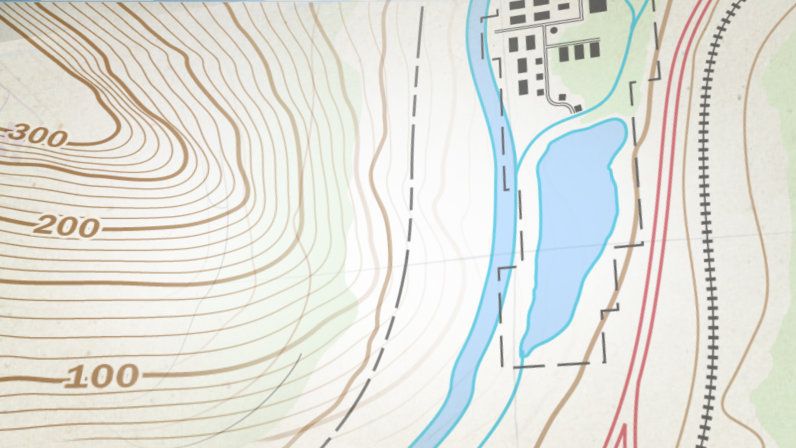
This article is intended to discuss ‘obstacles’ and their use as an aid to perimeter security. There are a number of factors and considerations regarding perimeter security, which will be discussed here. For specific information on home hardening, you will find some useful articles on such by Joe here on the MVT Forum.
It is essential to understand that any perimeter security measure that you use will only ever cause delay, by slowing down the ingress of an intruder. It is unlikely that you will be able to install a perimeter security feature that will permanently deny entry to a determined intruder, given sufficient time and determination. This is why in a military sense, any obstacle that is installed should be ‘covered by observation and fire.’ The obstacle is thus simply intended to delay the enemy, in order to be able to bring fire on them, the delay providing time in which to deploy forces to respond, thus regaining the initiative. This is why on the battlefield, obstacle planning and execution is an important engineer task, above and beyond what infantry or ‘assault pioneer’ specialists may do locally around their positions. The obstacle plan will be part of the overall defensive plan, in order to deny, slow, or channel the enemy and thus ‘shape’ the battle space.
We can apply these principles to an area of property which you may have an interest in defending. You should also read this in tandem with the article ‘A Discussion on Bugging Out‘ for considerations if, worst case, you do get attacked by an overwhelming enemy force. Any area of property that you have will come with natural features; terrain, vegetation, buildings, roads, rivers or streams, and fences. The overall acreage of the property will also be a factor, along with visibility (due to terrain features or lack of, and vegetation (i.e. trees) or lack of). Terrain, along with the relationship of that terrain to the buildings on your property, will create factors of key terrain and vital ground. Vital ground is that ground which, if lost, would make the defense untenable. Key terrain will give one side a marked advantage. For example, it may be that you consider your house vital ground, which it perhaps is if it is on a suitable terrain feature (i.e. a hill). But if it is next to the hill, the hill may dominate it and thus be the vital ground. There may be other features, such as a wooded ridge, that may be an ideal support by fire location onto your vital ground, and as such is key terrain, offering a marked advantage for any side which holds it. This is a somewhat complex topic, which boils down to a defensive survey, which you should conduct with a view to both attacker and defender, and in conjunction with a view to enemy ‘most likely’ and ‘worst case’ courses of action.
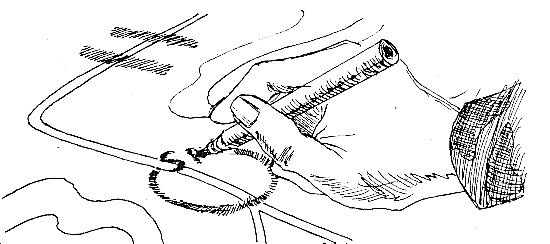
You should assess the property with a view to routes of ingress (i.e. mobility corridors) on to it. There are going to be obvious ones, such as your main driveway, perhaps a secondary road back on to your ‘back forty.’ There will be trails and tracks, and these will also need to be considered in relation to the surrounding property and where they may lead to/from. Terrain itself, considered along with vegetation, will provide natural lines of drift, perhaps along ridgelines or valleys. Are we concerned about accidental incursions onto the property along natural lines of travel, or deliberate incursions perhaps from a certain area assessed as higher risk? The Interstate, a local town or city, etc.? Natural features will also play into this, such as significant water ways, cliffs, broken or marshy / swampy ground, etc. Some of these features, such a waterways, may themselves be used as a mode of transport. This therefore brings us to an assessment of modes of transport, and what routes may be suitable for which. How could people arrive at your property? What is most likely and what is worst case? Vehicles, ATVs, horses, on foot?
As you start to look at this, you will start to develop a picture of the most likely and least likely means of ingress to the property. You can start to overlay this with an IPB (Intelligence Preparation of the Battlefield) study in order to try to assess which threats are most likely. This of course needs to be constantly updated as the situation develops, as we move from current times to increasing lawlessness and more violent threats. Joe has offered IPB training exercises on the Forum and will likely continue to do so given sufficient interest / engagement (for that, read “lurking is not sufficient”). You must always remember the principles of defense, one of which is ‘all round defense.’ A mistake would be to, for example, focus on threats arriving up your driveway in vehicles and perhaps off the back forty in ATVs, while ignoring other areas because they are suitable for foot movement only. Or perhaps because you wouldn’t want to do it? Never underestimate a determined enemy, and thus do not rely on unobserved obstacles or terrain to keep anyone out. This is why we need to consider observation posts and a patrolling plan. Having said that, the flip side is that “he who defends everywhere, defends nowhere.” Thus, you need to make an assessment and take calculated risks in terms of allocating resources for defense. If you have a patrol plan / plan for running temporary observation points as part of your defensive plan, you are able to allocate resources to priority areas but also swing by the lowest risk points of ingress, and thus keep half an eye on it.
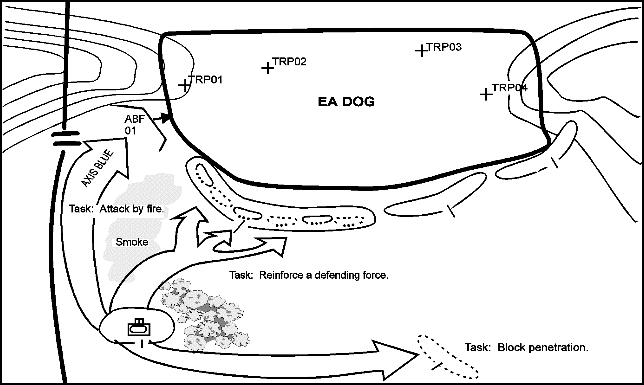
The above paragraph is something we cover on the Combat Patrol (HEAT 2) class. Always consider that you are under enemy observation. That is a good type of paranoia. You must vary patrol routes / times / patterns in order to stay away from complacency and predictability. If a threat identifies you as a place that has a stash of mountain house in the basement, they will be motivated to come get it. If they resist a plan involving dying in trucks on your front driveway, they may decide to put your place under observation. They will do that from a location where your patrols do not go, and they will identify your patrol routes and patterns. This will factor into their attack plan, how to ingress, establish support by fire, and how to raid your place.
Having established the natural features of the property, which will be considered in conjunction with permanent man made features that are already there, such as roads, fence lines, buildings etc., you may now want to consider an obstacle plan. The obstacle plan is created in conjunction with the overall defensive plan. For that, you will need to consider what you are defending and the resources that you have to defend it. Your most important, and most scarce, resource is going to be trained shooters. You will use the obstacles to augment the defensive plan and make your limited numbers of fighters go further. Just remember that if an obstacle is not observed, it will only serve to delay or slow down enemy ingress, it will not stop it. Given modern technology, there are a number of things that you can do to help spread your resources – if you can guarantee that it will work in a grid down situation, you can use a combination of ground sensors and cameras in order to place perimeter ingress points under remote observation from a central command post. Even drones are a potential use, to fly the property and send back real-time images. Use what you can, but plan for that now.
Now that you know the routes (mobility corridors) onto the property, you may consider that you want to deny access to some of them. Remember that if you block a road or a track, you are not denying that zone in entirety as a route of ingress – it may force attackers to dismount vehicles, but probably allows them to still approach on foot. A danger of this is that, thinking the route is ‘denied,’ you fail to focus any attention on it, and are thus taken by surprise. You should also consider your obstacle plan along with any neighbors who may or may not be part of a mutual support plan. Are you planning on moving a force to support them if they are attacked, and they you? Or not, and thus you have no concern to access across to their place? Ways to deny use of a route are limited only by your imagination, supplies, and equipment available. Choices could induce:
• Security fencing.
• Barbed wire entanglement / low wire entanglement.
• Felling trees: creating an ‘abatis’ of entangled felled trees.
• Moving dirt – creating a berm or digging out the road.
• Parking vehicles or equipment.
By doing this, you may be denying a route of ingress to certain transport types, or creating ‘slow-go’ or ‘no-go’ routes. You should also consider that you may not want to permanently deny access to a route. This would be particularly applicable to something like your main access route or driveway. You probably want to block this in some way, to prevent easy or casual access. A simple gate may accomplish this but give consideration to violence outside of what you may usually expect day to day – what if someone just drives a truck through the gate? A way to temporarily deny access to a entrance route is to include a moveable aspect to whatever permanent structure you build up there. Think along the lines of an entry control point (ECP) where you may have obstacles creating a serpentine on the approach, to slow approaching vehicles down. You then have a structure strong enough to deny vehicle breaching, with something like a piece of machinery or a heavy vehicle acting as the ‘gate’ or moveable part, to allow access as desired. It stands to reason that this will need to be moved by one of your people, and that the keys should not be accessible, or the vehicle able to be turned on and moved, by an outsider.
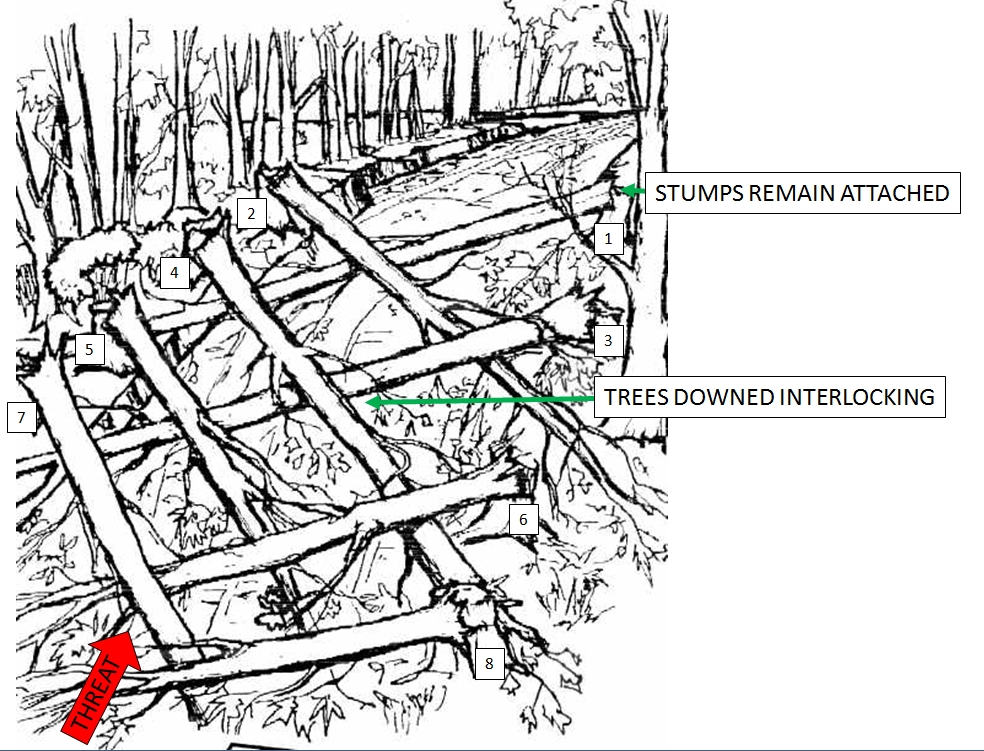
The above regarding the moveable ‘gate’ leads to the question of whether or not you are planning on manning the ECP. Do you have the manpower? Anyone manning an ECP is also subject to sniper threat, unless they have a suitable ‘guardhouse’ that is protected with cover from view and fire. But if you do not staff it, it is not ultimately a useful obstacle, unless it is under observation and potential fire. Can you view it from your main house? If you intend to cover it from an observation post at the main house, is that a suitable protected fighting position if a firefight ensues? Can you cover the ECP with patrols? Can you observe it remotely by camera or sensor? This leads to the aspect of rules of engagement. You have no idea who may approach your property and for what reason; you need to establish procedures and rules of engagement. If the ECP is manned, then this could be a conversation, having stopped the potential intruder at a safe distance. If it is not manned, do you have signs posted, warning not to enter? Do you perhaps place a field telephone at the ECP with a sign asking people to call if they want to gain admittance? Have you thought about this? Anyone that you involve in protecting an access point must be clear about procedures and rules of engagement, thus keeping the property safe in a morally correct manner, and dispelling any doubt. Predators will take advantage of any doubt, and if you warn them that if they keep coming, they are subject to lethal force, then you better be prepared to do it, or they just called your bluff.
An alternative to simply attempting to deny access to the property is to use obstacles to shape the area and thus create a ‘channeling’ effect. By doing this, you encourage intruders to come in by a certain route. You deny access in one area, but allow it in another. This could be part of a general ECP security plan, in order to bring people in to a place where you have a good advantage. It could also be done to get the upper hand on obvious hostiles. For example, depending on your terrain, you could use a little subterfuge to make the main driveway to your house look like a clear and inviting route. But deeper in the property, or using some defilade (dead ground) unseen on the initial approach, may be another blocking obstacle. This would allow you to bring hostiles in to a place where you can have established fire positions, a prepared ambush if you will, that you can man once you get early warning of the approach. Note: early warning, meaning that you must have some sort of forward surveillance or alarm, and the trained people to move out in a hurry to man the defensive piston; think having a Quick Reaction Force (QRF).
In a military sense, and given enough ground, you can assess the terrain and routes of ingress to your defensive position, and designate Named Areas of Interest (NAI) and Target Areas of Interest (TAI). These become part of your surveillance and observation plan and require a forward observation and patrol screen. This would be best done with a larger area of ground, mutual support network of farms, or perhaps a defended village. This allows you to conduct a mobile defense, moving resources to where the threat is – which of course needs a mode of tactical mobility, such as trucks or ATVs. The way it works is that you establish observation onto the assessed NAIs – these being likely routes that attacking forces may use coming in to your protected location, at sufficient standoff to give you time to react and deploy. NAIs will usually involve a decision point (DP) where the enemy may take one or another choice in the route, or the DP could simply be that the enemy is coming in on that one route, with no alternatives. Once identified, and strength assessed, reliable communications will report the DP back to the main location. At this time, the commander will make his decision, which if it is to defend, will involve deploying ambush forces out to the TAI related to the NAI/DP. These should be to prepared ambush positions. Once the ambush is conducted, the forces will fall back through a series of defended positions to the main location. Ideally they will fall back using covering groups so it becomes a leap-frog on larger scale of fire and maneuver. Thus, a cover group in the second ambush position is able to cover the move of the initial ambush group back to the third position, etc.
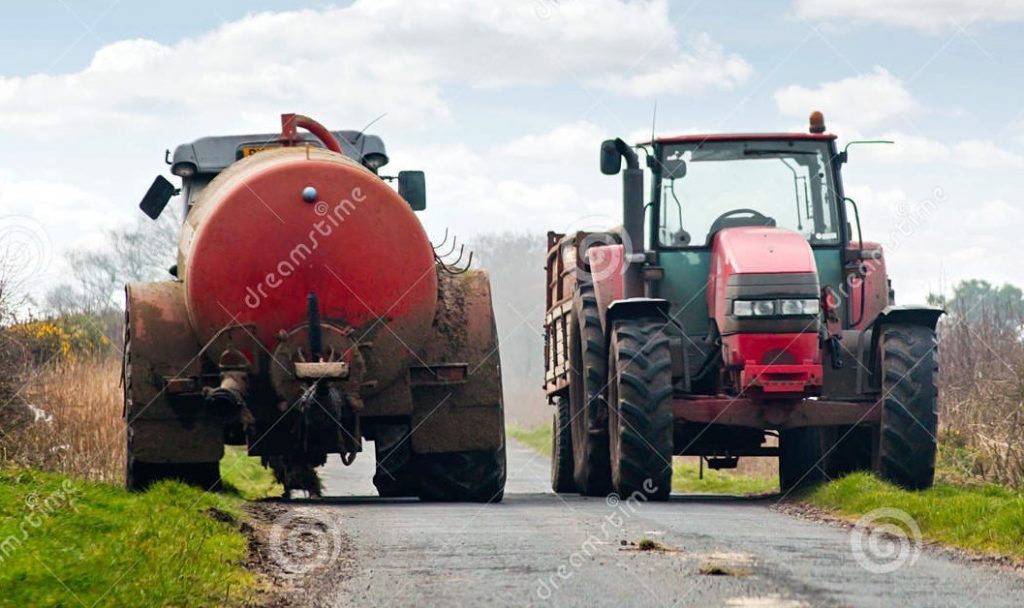
Remember that we do not know the exact form that any sort of ‘collapse’ may take. We may face increasing violence in society in a sort of ‘Rhodesian’ manner. We may face a total grid down collapse. Your response will depend on the severity of the situation, and clearly you will not be reaching a point of larger groups coalescing at one individuals’ home or retreat until we reach to more extreme end of the scale. Thus, anything you do must be appropriately ‘camouflaged’ to blend in with the situation. There are things you can do now that will not seem unusual to anyone visiting or delivering at your home. Fencing, gating, grading, creating landscaped fighting positions and covered routes, perhaps planting evergreens to create cover from view etc. If you have more extreme measures in mind, they should be planned for now and you need the equipment to put them into place when the time comes.
You most important resource will be trained fighters in order to make this defensive obstacle plan viable. This is the most scarce resource and the one that is hardest to create – both getting the right people, and getting them sufficiently trained and working as a team. Most people are kidding themselves, and are often a waste of space. You might find some help here at MVT Forum for that!
